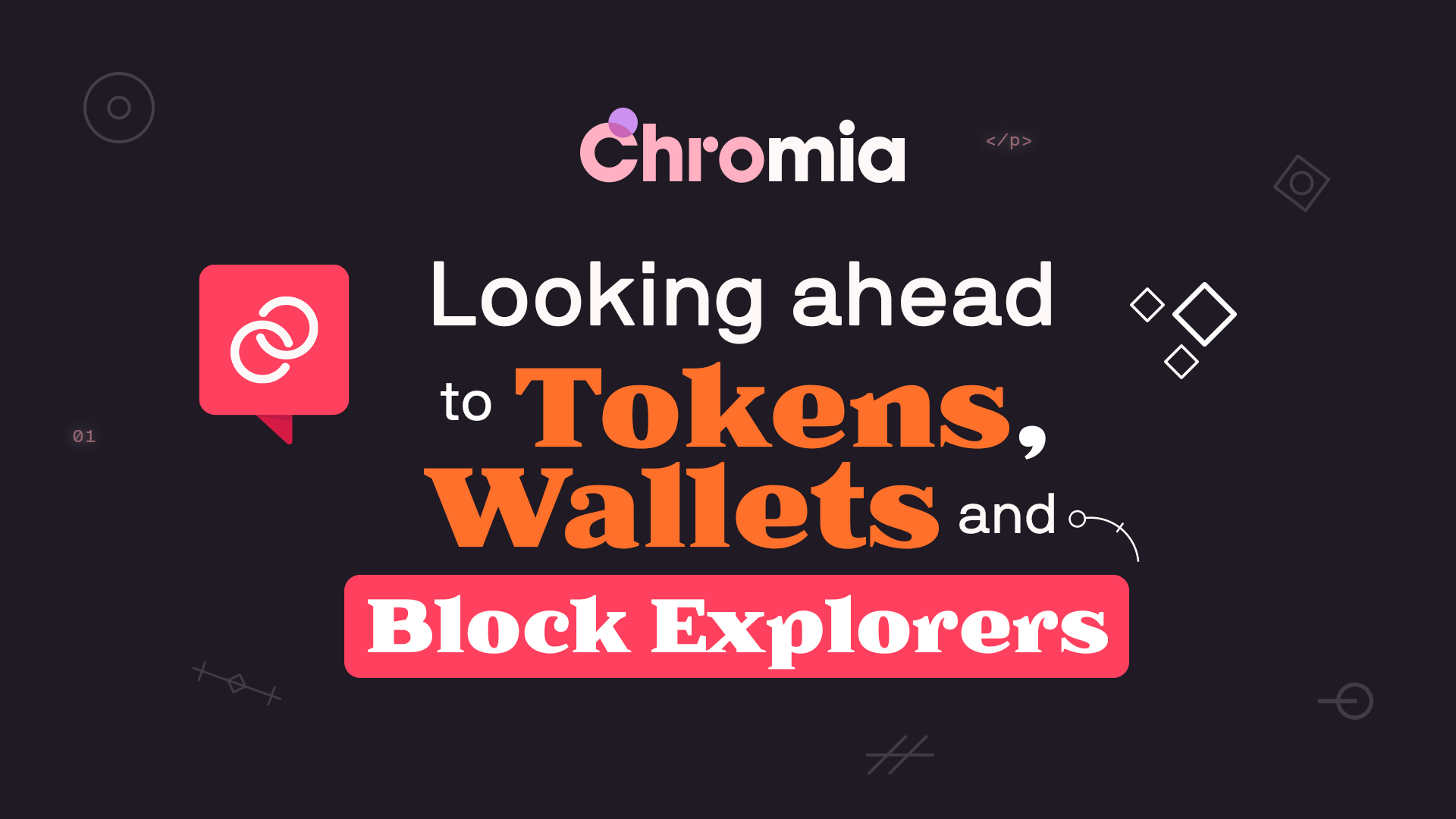On July 26th, we announced the public release of the FT4 Protocol and the Chromia Wallet SDK. This important milestone sets the stage of the next phase of Testnet development, which will focus on a variety of important features and tools, including:
- Token implementation for Chromia dapps
- Asset bridging to and from Ethereum and Binance Chain
- Network specific Wallets and Block Explorers
- Metamask interoperability
The coming months will see an increasing number of token implementations on both the Testnet and Appnets for users to interact with. Here’s a look ahead at some key things you need to know:
Chromia is a modular Layer-1 platform
Chromia is a modular Layer-1 platform designed to deliver decentralized applications with enhanced scalability and features. Core protocol functions (anchoring, directory chain, etc.) run on dedicated system chains, while each decentralized application has its own dedicated dapp chain. This modularity allows each dapp greater customizability, while alleviating congestion by providing each application with its own containerized resources.
Network providers are classified into two categories: system providers and node providers. System providers run system chains and dapp chains while node providers only run dapp chains.
In the later versions of testnet these system and dapp chains will become interconnected, freely sharing information and assets, creating a unified network.
As an intermediate step, some projects will launch ‘Appnets’ with limited interconnectivity on a dedicated group of nodes. These Appnets will allow some features, such as asset bridging from Ethereum and Binance Chain mainnets, to be implemented before mainnet launch.
Chromia is EVM interoperable, allowing it to act as a Layer-2
Chromia addresses can be cryptographically linked to Ethereum addresses, enabling transaction signing in Metamask and expediting asset bridging between Chromia and EVM Chains (Ethereum and Binance Chain will be supported first, with others added later). This will open several possibilities:
A project with an existing ERC-20 or BEP-20 token can build a Chromia dapp, and then bridge their native token to Chromia for use within the dapp.
A developer can build a Chromia dapp designed to use pre-existing assets from other networks (i.e. Ethereum, USDT, WBTC), and then bridge them to Chromia.
A Chromia native project could create an ERC-20 or BEP-20 version of their token to facilitate a CEX integration.
Chromia’s underlying design is unique
Many platforms that act as Layer-2s are built on the Ethereum Virtual Machine. While they are made faster or cheaper than Ethereum by having lower network traffic, changing the consensus model, or bundling transactions, they still share much (or in some cases, almost all) of Ethereum’s underlying design.
While there are some advantages to this approach (i.e. being able to fork Ethereum dapps), it also means that dapps are subject to the same limitations as Ethereum. Transactions might be faster and be cheaper, but they are written in the same programming language and have more or less the same capabilities.
Chromia is fundamentally different, because it was built from the ground up:
- Chromia blockchains store data in a similar way to relational databases, making them faster and easier to query while removing reliance on third party services such as indexers
- Rell is our very own optimized and blockchain specific language based on the widely used SQL. The language is easy to learn and more efficient than other popular blockchain languages like Solidity (Ethereum) and Tendermint (Cosmos)
- Our FT4 and Originals NFT token protocols can fulfill all the functionalities of existing tokens on other platforms, while also opening new features through embedded logic and programmability
- Dapps pay providers, allowing for a greater variety of fee structures and business models
Wallet and Block Explorer interfaces are on the way
The first version of Chromia Wallet SDK is now public, allowing developers to deploy FT4 tokens and create chain-specific implementations for use on the testnet or an Appnet. The protocols team is working on a standalone “Official Chromia Wallet” that aggregates balances and routes tokens across chains on the Chromia Network. Learn more by checking out this blog post.
The first version of the new Block Explorer is being released soon, for use with the public testnet. A white label version will also be made available for use on private networks and Appnets. This information was shared in the most recent Developer Experience Update.
Moving into the next phase
Pouring a foundation and framing a structure is not the most exciting part of construction, but it is key to the building process. While much of the development this year has been happening ‘behind the scenes’, we are turning a corner moving into the back half of the year. The next round of testnet development will bring some excitement, as tokens, wallets and block explorers will result in more ‘forward facing’ things for our community to interact with. As always, keep an eye on our official channels to stay up to date on our progress!

